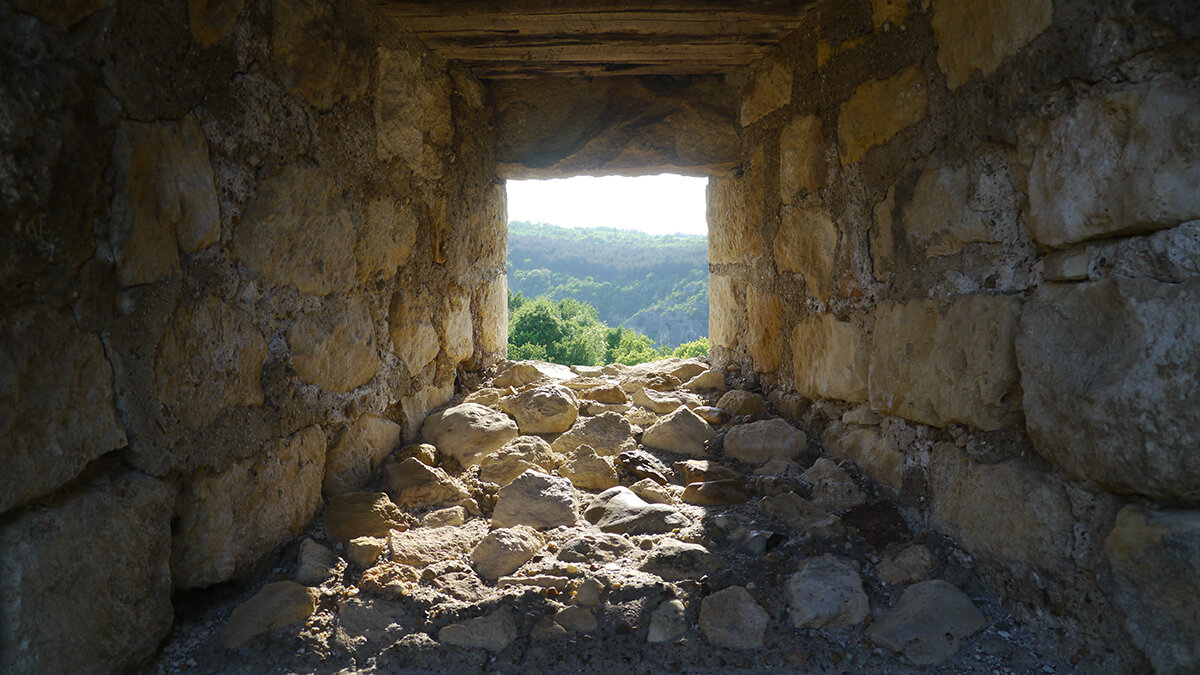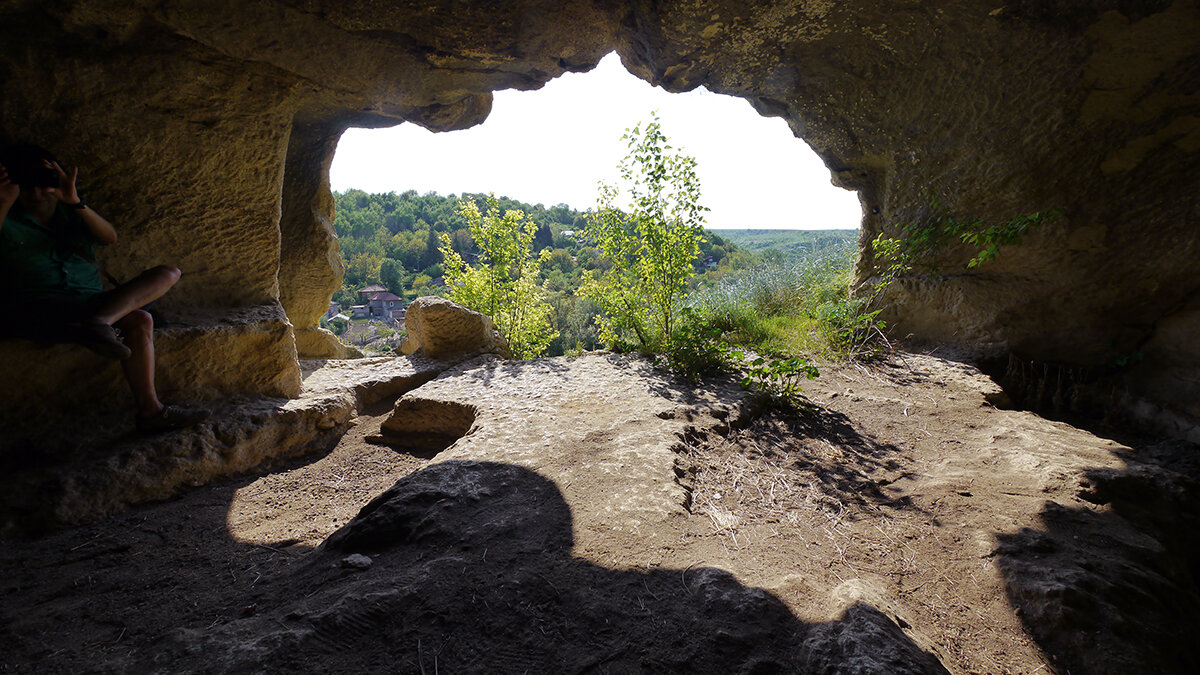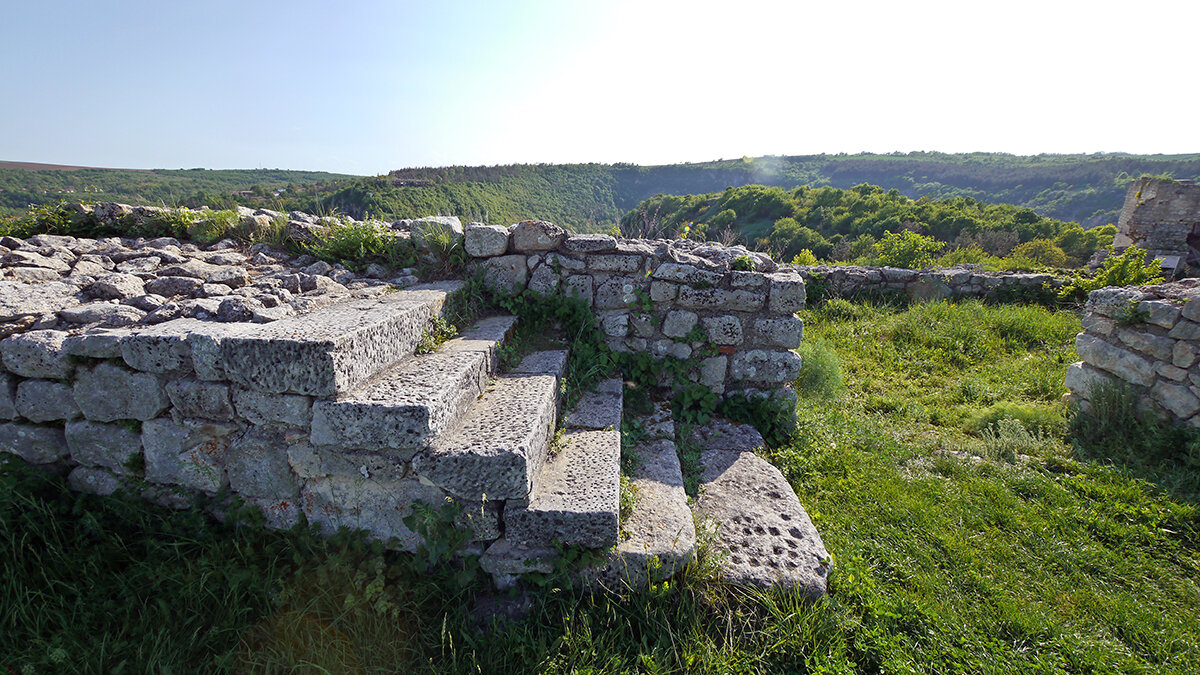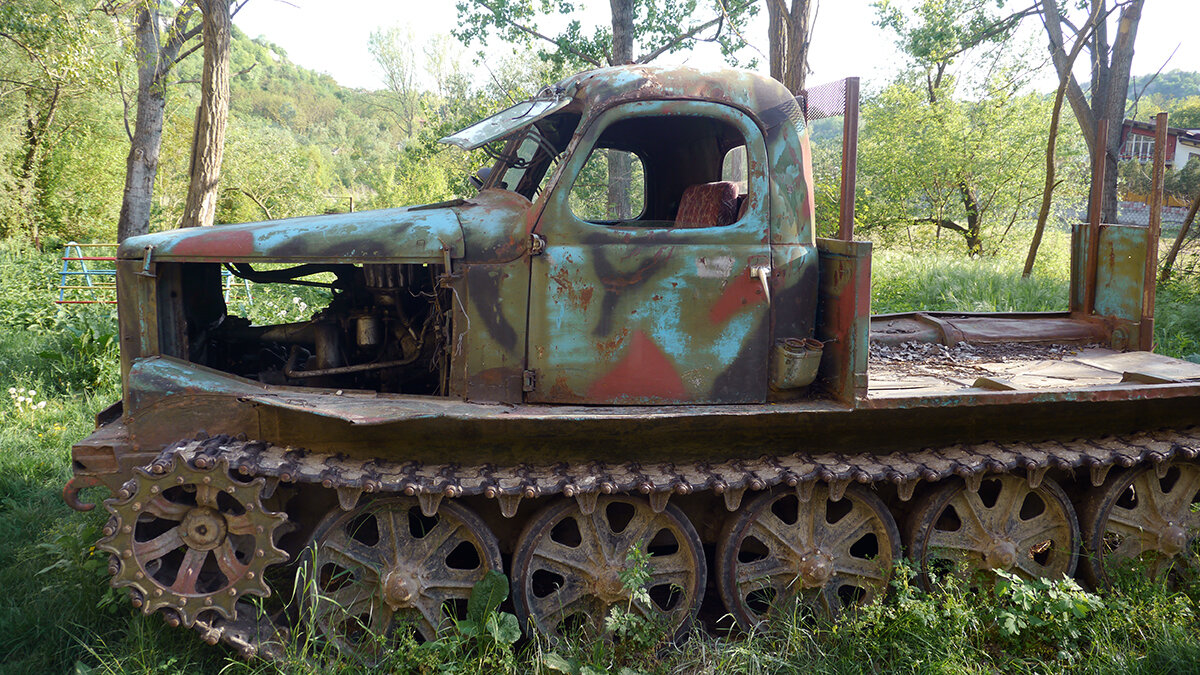Billy Friebele created a body of work focusing on urban waterways entitled Slosh Cyphers, which is a part of the Applied Forces group exhibition currently installed at the Arlington Arts Center. Due to the spread of COVID-19 the gallery is shuttered. This blog post is a way to continue sharing this work.
Danube River – from Bulgarian shore looking towards Romania
In the spring of 2018, I traveled to Bulgaria to attend the Culture and Energy Artist Residency, located in a farmhouse in the rural village of Shtraklevo. The closest city, Ruse, is on the banks of the Danube River, which forms the border between Bulgaria and Romania. My host, Hris Stomanyaka was super generous and allowed me to borrow her car in order to explore the area. There I found a very similar waterfront to the urban waterways near my home. Tangled knots of rusted steel, bits of industrial structure interwoven with the unruly natural growth and the persistent evidence of corrosion due to moisture.
Culture and Energy Residency house
The Danube river gave me the impression of immense resilience and a deep sense of history. The current was strong, and I watched plastic bottles and bits of trash rhythmically bob up and down as they were pulled fervently along. Collecting some of the discarded objects that washed up on the riverbanks I reconstructed a rudimentary drawing machine I had built for a river near my home outside of Washington, DC.
The marks on paper captured time and movement, with lines forming as the water flowed, and dots in periods of rest. The restless energy created by passing barges rendered jittery scribbles. The lines reminded me of cartography, borders between water and land, and topography. When I showed these drawings to my Bulgarian hosts, Hris Stomanyaka and Plamen Yordanv they gave really insightful feedback and suggestions for future directions for the work. They also said, “You know those bottles are Romanian. They always wash up on our shores.” This comment stuck with me and it underscores the challenges facing this invaluable natural resource. When a river is a border, who protects it?
The Danube River is the most international waterway – almost 1,800 miles long, traveling through ten countries. A 2015 study in Austria found that 40 tons of microplastics are being transferred past the country’s border per year. An earlier study found that microplastics in this stretch of river outnumbers the number of fish larvae. This is all upriver from Bulgaria, so you can imagine how the amount increases downriver. Microplastics are often mistaken for food by wildlife and the surfaces of these tiny fragments can be breeding grounds for toxic pathogenic bacteria.
Meanwhile, there are some encouraging collaborations to protect the Danube River such as the International Commission for the Protection of the Danube River and the International Centre for Advanced Studies on River-Sea Systems. It will take coordinated efforts to fight the degradation.
Rusenski Lom, Basarbovo, Bulgaria
Thinking about the vast interconnectedness of this river as a border led me to explore the smaller waterways that feed into it. I traveled to the last major right tributary of the Danube in Basarbovo to repeat this process upstream. I again used found objects on-site to supplement my materials. The fact that plastic bottles can be found anywhere in the world is disturbing. The drawings produced here were less erratic as the calm stream flowed steadily. This little river, the Rusenski Lom, swelled with the wind and rippled from smaller movements like insects or leaves landing on the surface. I sat for three hours observing this smaller tributary, thinking about how water, fish, and plastics wander through the rocky terrain to join the larger swifter Danube, forming the Bulgarian/Romanian border before pouring out into the Danube Delta, and into the Black Sea.
Left to Right: Slosh Cypher_02: Danube River - Ruse, Bulgaria, Slosh Cypher Installation, Slosh Cypher_03: Rusenski Lom - Basarbovo, Bulgaria
The drawings produced are two-dimensional records of a period of time, a compression, a truncated record. They only account for the surface of the water and ignores the depths, the history, environmental degradation, and the socio-political complexity of this aqueous border. This thin slice of time led me to consider the layers beneath the surface of the Danube River. The complicated history of Austria, Slovakia, Hungary, Croatia, Serbia Romania, Bulgaria, Moldova, and Ukraine are intertwined with this waterway.
There is something strange and poetic about a fluid border. In this time of increased nationalism, borders are being reinforced physically and psychologically, but the endless flow of water reminds us that the borders are mental creations, and nature erodes the static. Environmental threats cannot be cordoned off to one area. To address the plight of this natural resource collaboration across borders and disciplines will be necessary.
As an American visiting Bulgaria, I was in awe of the sense of immense human history and how it is tied to the land. The village of Shtraklevo felt timeless, like a frozen bubble. The village seemed to operate in rhythms more connected to the countryside. Ruins of castles, monasteries carved into the sides of cliffs, and remnants of Communist architecture form a layered collage of human traces on the landscape. What will our generation leave behind? Plastic bottles?










